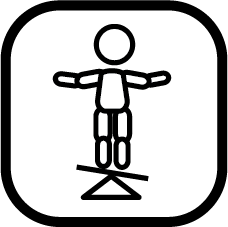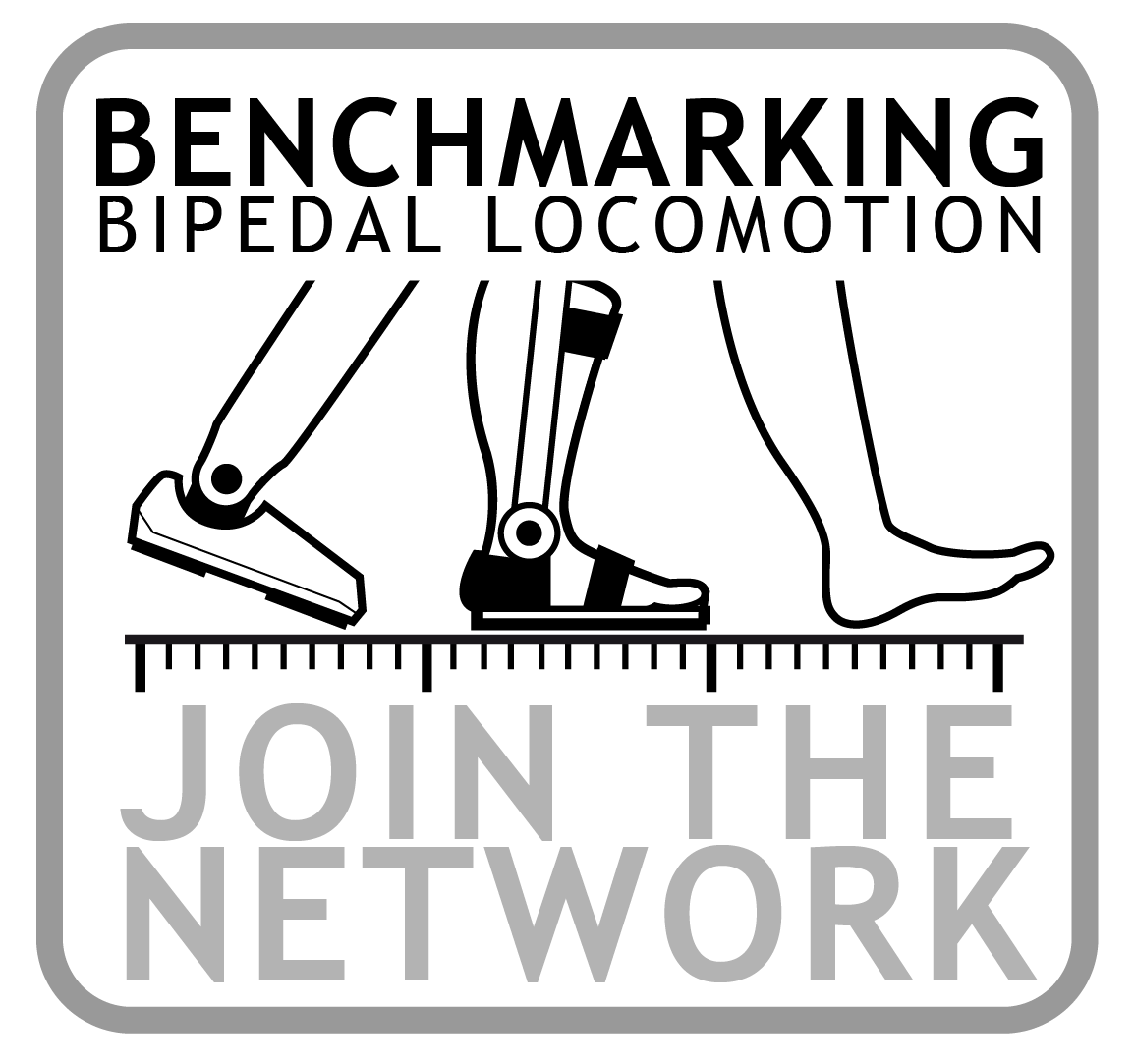 |
1. Studying humans
In healthy humans, walking emerges naturally from a hierarchical organization and combination of several biomechanical and control mechanisms. These mechanisms include the fully exploitation of the passive dynamics of human limbs, the modulation of spinal rhythmic motor patterns, the reflex-driven mechanisms, and the cognitive prediction of perturbation. The H2R project aims to unveil these most crucial principles for their posterior inclusion in robotic real-life platforms. In particular, we will focus on: (1) validating the current hypotheses of synergistic neuromuscular control of human movement. This is a crucial step to solve the problem of redundancy and model-dependency. (2) generating knowledge on human cognitive behaviour in perturbed scenarios. Understanding the cognitive process is one of the key points for improving machine stability. (3) Understanding the compliant principles of human joints and muscles. This aspect in strongly related to energy efficiency, computational burden, and natural looking motion. |








